Replacing the drain hose of a Zanussi washing machine
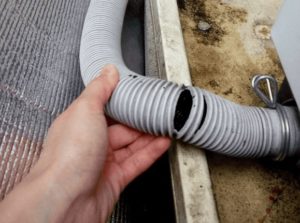 Without draining, the washing machine will not work; moreover, water is drained from the machine several times per cycle. The design of the washing machine is completely sealed, but there are also places in the system that are vulnerable to damage. We are talking about a drain hose, which, if defects appear, can cause a lot of problems - from stopping equipment with a full tank to a full-fledged flood. Electrical tape and adhesive tape will not help with cracks - you need to urgently replace the drain hose with a new one. We'll tell you in detail how to do this.
Without draining, the washing machine will not work; moreover, water is drained from the machine several times per cycle. The design of the washing machine is completely sealed, but there are also places in the system that are vulnerable to damage. We are talking about a drain hose, which, if defects appear, can cause a lot of problems - from stopping equipment with a full tank to a full-fledged flood. Electrical tape and adhesive tape will not help with cracks - you need to urgently replace the drain hose with a new one. We'll tell you in detail how to do this.
Description of the work progress
You can replace the drain hose on Zanussi yourself at home. There is no need to call a specialist - the procedure is quite simple and quick. You just need to understand the design of the machine, understand the drainage organization diagram and follow the given instructions.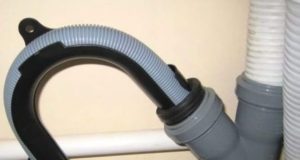
First of all, let's get acquainted with the Zanussi drainage system. As a rule, on these models, the connection of the drainage hose does not differ from the standard one: one end of the corrugation is screwed to the pump pipe, and the second is connected to the sewer pipe or siphon through a tee. All connections are securely fixed with clamps.
The sleeve is released as follows:
- the Zanussi washing machine is disconnected from the power supply and water supply;
- residual water is drained from the machine by unscrewing the garbage filter or activating the emergency drain;
- The clamps on the drain hose are loosened.
Difficulties usually arise at the stage of emptying the drum. Turning on the “Drain” program is not enough - it is necessary to remove all water from the tank, including residual water.To do this, open the technical hatch door, unscrew the garbage filter or pull out the emergency hose. It is important to prepare a basin and rags in advance to prevent flooding.
Then we turn our attention to the drain hose. First of all, we unhook the hose from the sewer by loosening the clamp provided at the junction with pliers. Access to the connection point is usually free - you just need to move the equipment away from the wall and get to the pipe.
The second step is to disconnect the drainage hose from the pump volute. Here the procedure depends on the Zanussi washing machine model. If the machine does not have a tray, then it is enough to place the equipment on its right side and thus gain free access to the pump. If there is a bottom, you will first need to remove the panel by unscrewing the bolts, and also unhook the wiring from the Aquastop sensor. In the latter case, you need to act as carefully as possible so as not to damage the core. The corrugation, freed from fixation, is pulled out of the body and removed to the side.
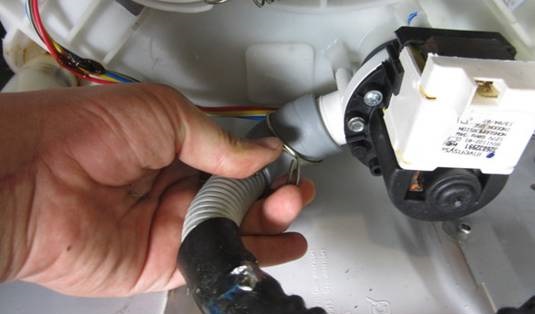
When replacing the drain hose, it is recommended to immediately diagnose the drainage system - clean the filter, inspect the pump and impeller.
Then we proceed to the replacement: take a new hose and fix it first on the snail, then on the sewer pipe or siphon. The main thing is to tighten it tightly, but not too tightly, so as not to damage the base of the rubber. Be sure to straighten the corrugation and secure it to the back panel. It is important to avoid kinks, sharp twists and creases.
It is advisable to check the quality of the repair immediately after installing the new hose. It is necessary to connect the Zanussi washing machine to the communications and start the “Rinse” cycle. While the machine is operating, look at the bottom and the connection between the hose and the sewer. There should be no leaks or drops.
Monitor the condition of the hose
You cannot operate a washing machine with a damaged drain hose - it is unsafe! The sleeve must always be in perfect condition, free from cracks and creases. Spot “repairs” using electrical tape, rags and tape are unacceptable - a complete replacement of the corrugation is necessary. This is the only way the water will drain completely and without problems from the tank into the sewer.
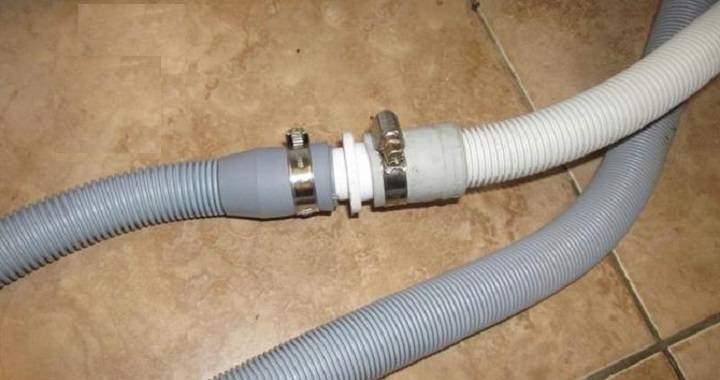
It is recommended to regularly inspect the drain hose in order to promptly respond to a leak or blockage. The last problem occurs very often, since garbage, dust, dirt, hair and other debris constantly gets into the washing machine. You can suspect contamination of the system by certain “symptoms”: water drains more slowly, an unpleasant odor and an uncharacteristic hum are heard. Then you need to remove the hose, rinse it under the tap or soak it in a lemon solution.
It is not safe to repair a damaged hose with tape or tape!
It is also important to ensure that the length of the hose is sufficient for a trouble-free connection to the sewer. It is not recommended to constantly “pull” the corrugation and keep it suspended - a breakthrough with subsequent leakage is possible. At the same time, you should not lengthen the sleeve yourself with nozzles; it is better to buy a new pipe of sufficient length.
Interesting:
Reader comments
- Share your opinion - leave a comment

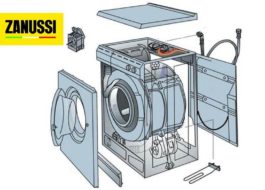
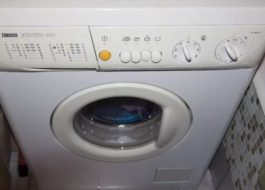
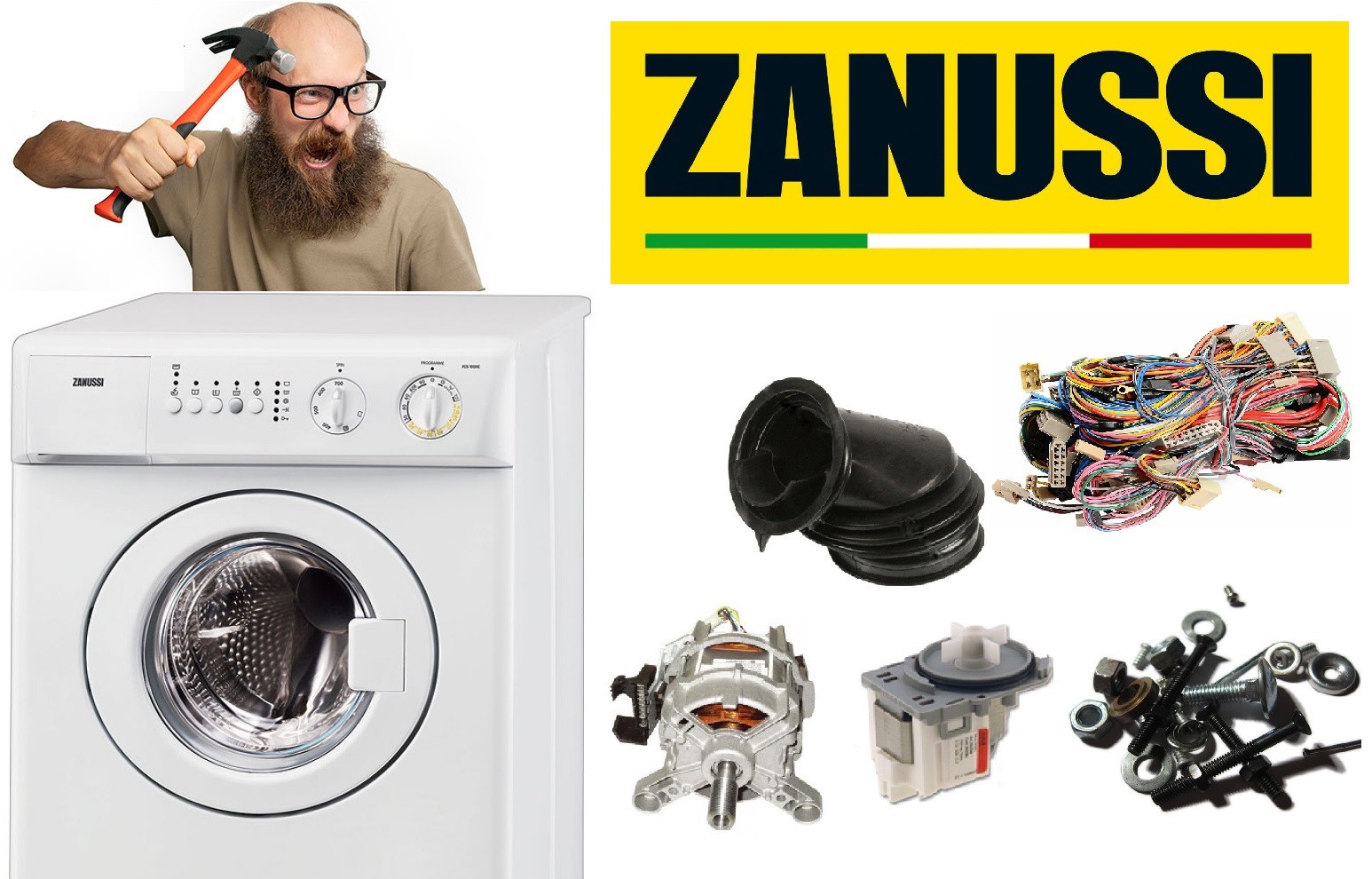

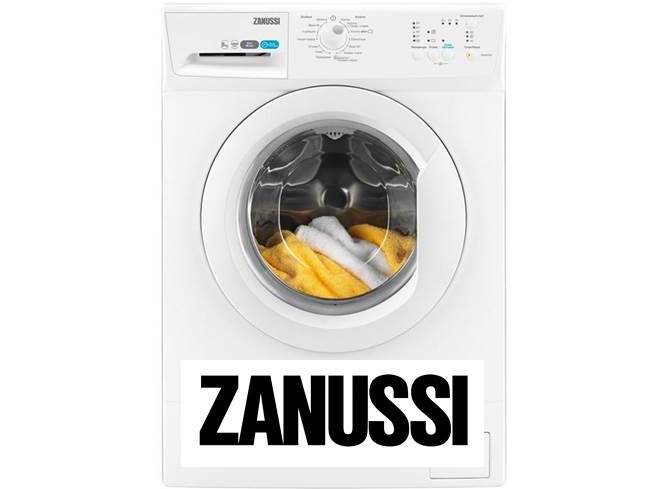
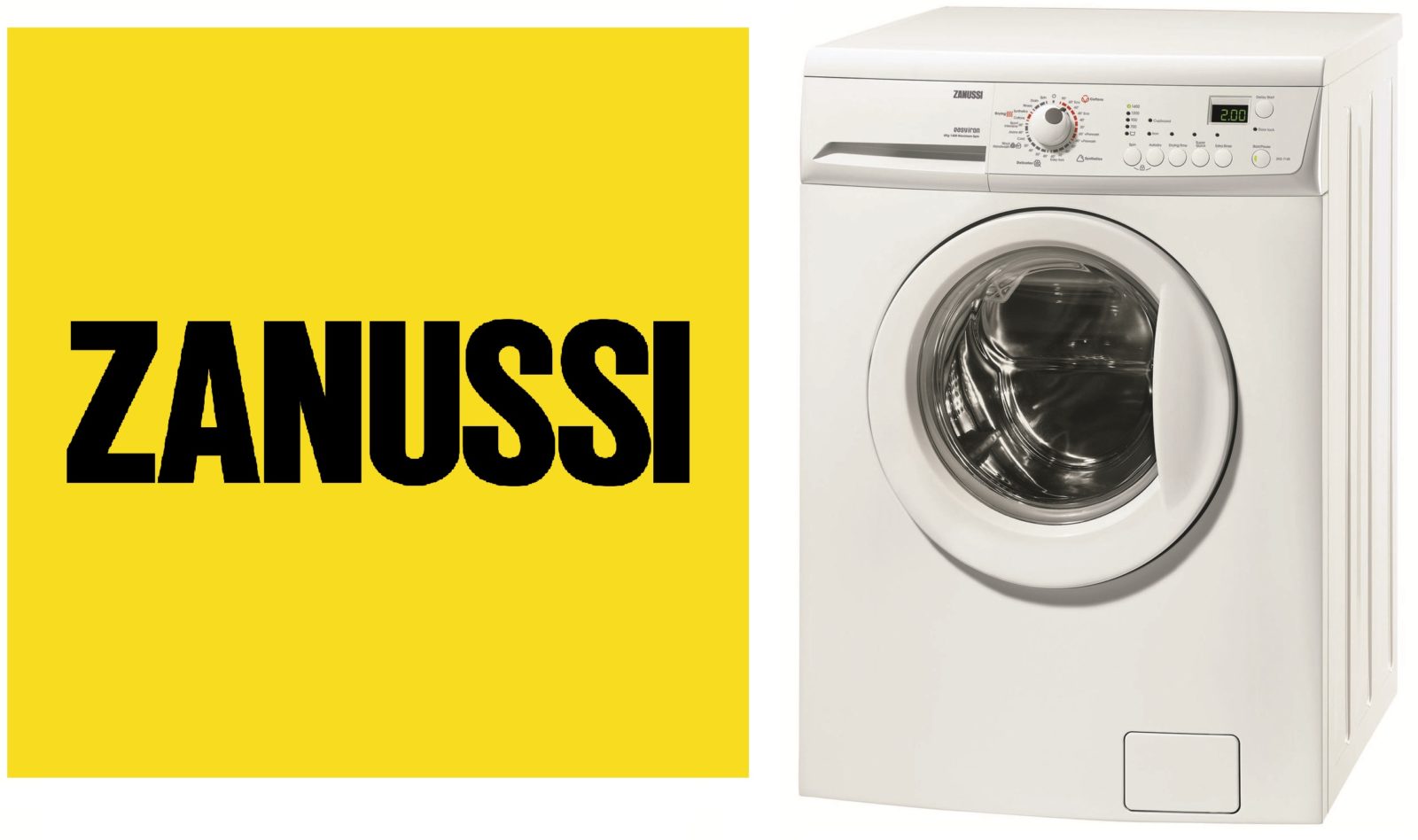


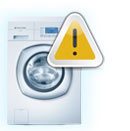
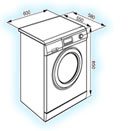


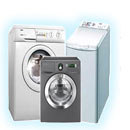
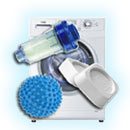


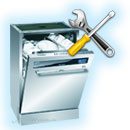
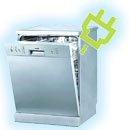


Add a comment